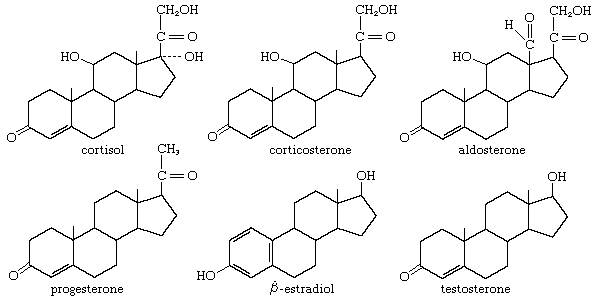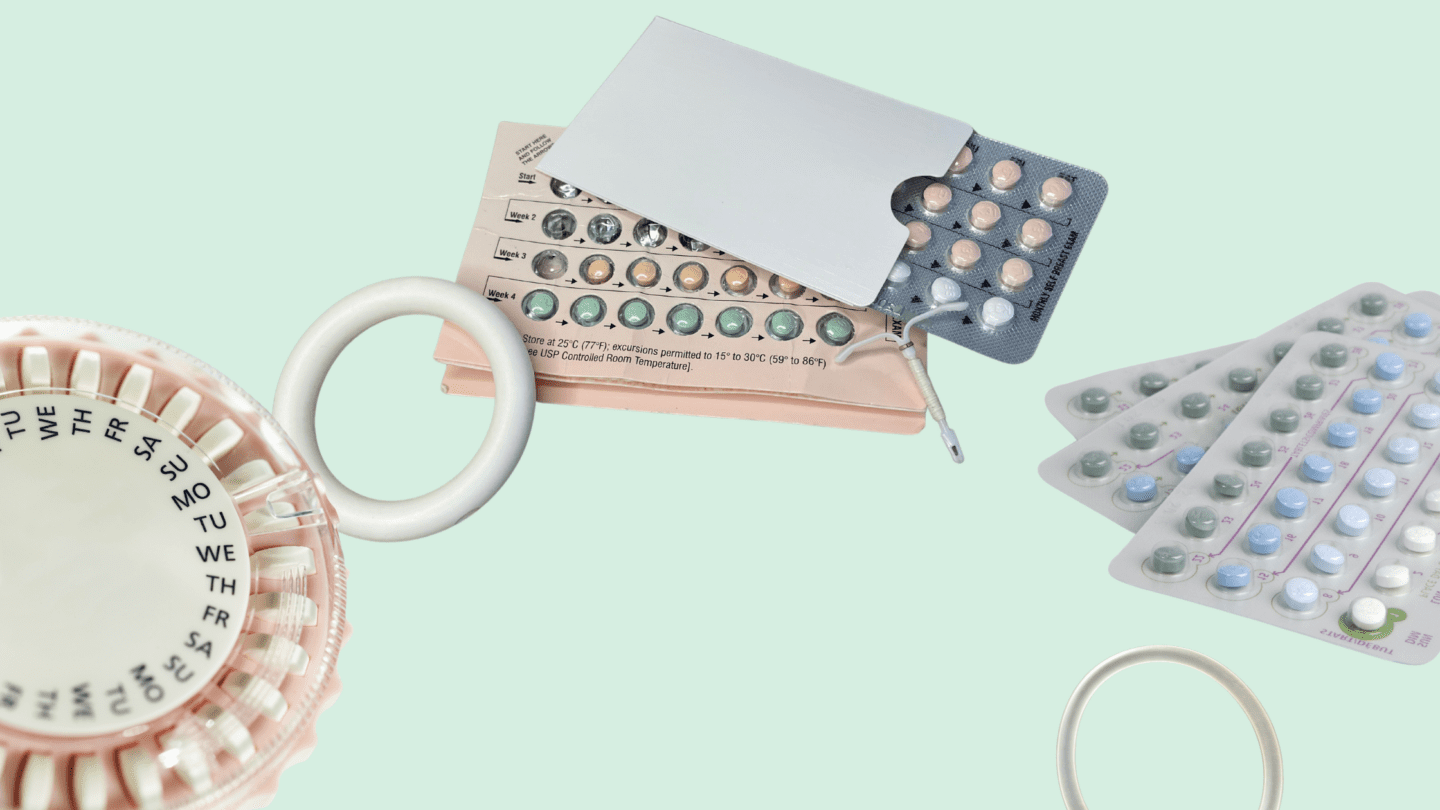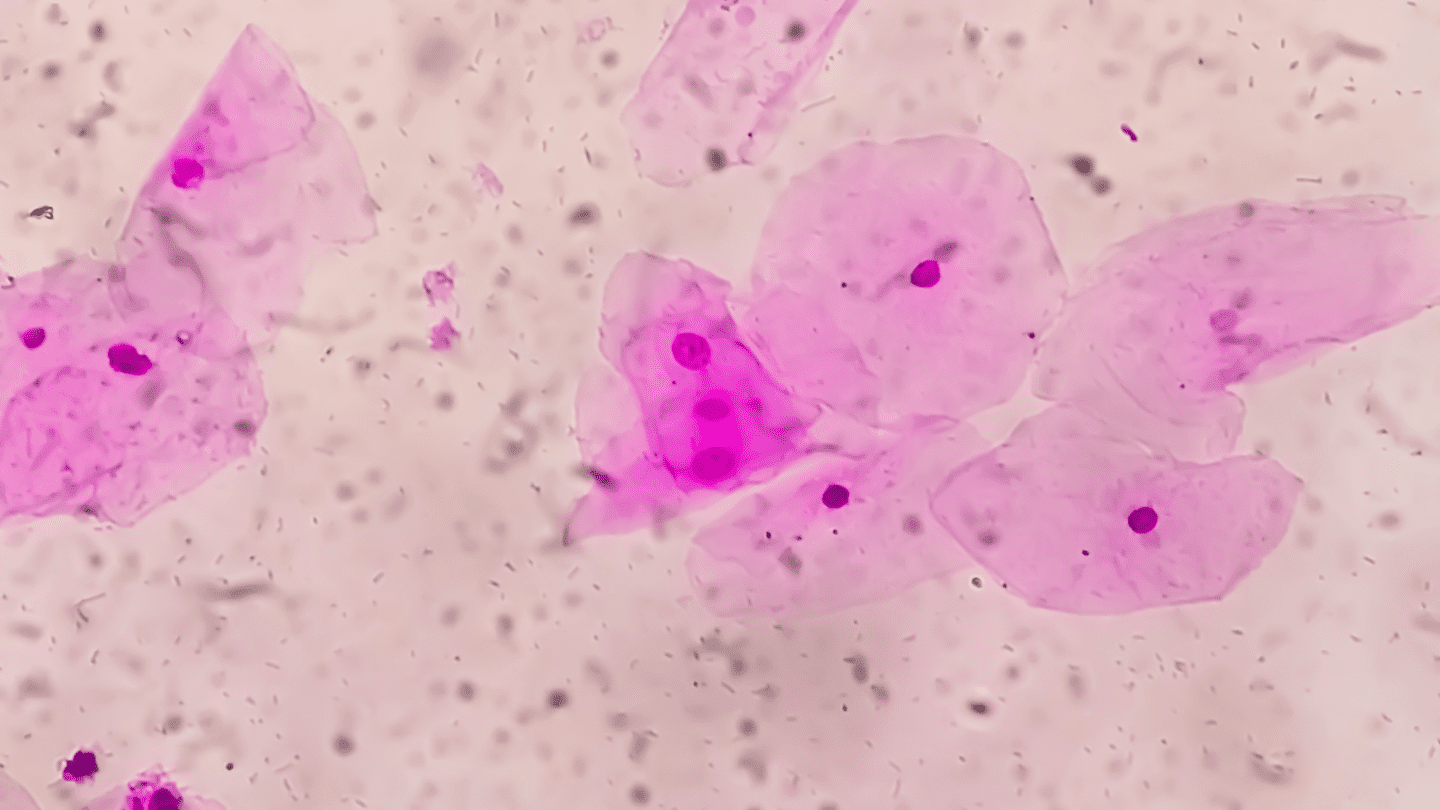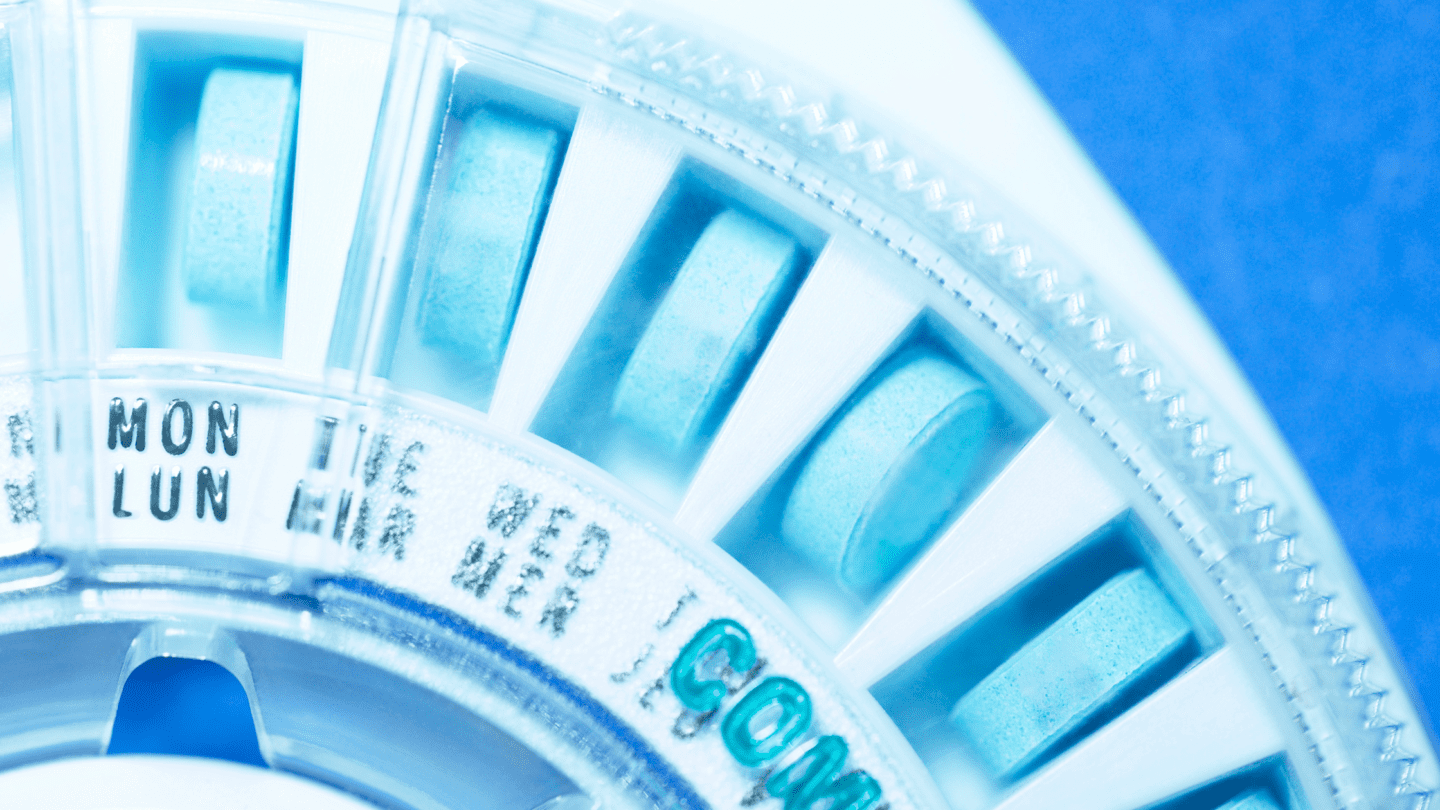The , and its human-made cousin , are sex hormones that play an important role in your body, especially your menstrual cycle and all the things that come with it.
Progesterone levels fluctuate with your cycle, and play a big role during pregnancy.1 is the key ingredient in all forms of hormonal birth control, acting to interrupt your normal cycle and keep you from getting pregnant. s do come with some side effects, though these can vary depending on your unique biology, and what kind of you’re taking.
Having a better understanding of can help you understand its role in both periods, pregnancy, and beyond.
What is ?
Progesterone is a sex hormone that is carried through the bloodstream, and has effects throughout the body. belongs to a class of sex hormones called progestogens, which are defined as hormones that bind to the receptor.2
Progesterone is critical for establishing and sustaining the menstrual cycle and pregnancy. The main sources of in the body are the and the adrenal gland, as well as the placenta during pregnancy.3
Progesterone and the menstrual cycle
Early in the menstrual cycle, during the follicular phase prior to ovulation, production in the is low. Once ovulation occurs and an egg is released from your ovary, the follicle that produced the egg produces increasing amounts of .4
Progesterone signals to the lining of the that it’s time to prepare for pregnancy. If the released egg is not fertilized and implanted in the , production falls, and menstrual bleeding occurs.
Like what you’re reading? Get the latest straight to your inbox 💌
Progesterone beyond pregnancy
Historically, has been considered a sex , meaning it’s a primarily involved in reproduction. However, has many roles beyond just pregnancy and menstrual cycle.
Progesterone plays a key role in breast development and regulation of lactation. receptors are also present in your bones, pancreas, brain, and the cardiovascular system.5 That means is also important for your skeleton, mental health, and heart health.
Progesterone has many roles beyond just pregnancy and menstrual cycle.
How much should I have?
The short answer is: It depends! The amount of normally in your body will vary from someone else’s. This is because of how acts in the tissues of your body.
Most tissues in the body have receptors, which come in two kinds, receptor A and B (PRA and PRB).6 The levels of PRA and PRB in your body’s tissues can vary from person to person,7 and there are other potential differences in how is taken up and used by your body. Altogether, that means that just looking at the level of in your body can’t tell us exactly what effects it’s having for any one individual person. It also means that there’s no one “right” level of for you.
Is adyn right for you? Take the quiz.
How is broken down in the body
After is released by the , it doesn’t circulate in the bloodstream for very long. Instead, is broken down into molecules called metabolites. This conversion primarily occurs in the liver but happens in other tissues as well, including your kidneys.8 These metabolites are then eliminated from the body.
Some of these metabolites are biologically active, though they don’t always have the same effect as does in your body. For example, one of the main metabolites of helps reduce anxiety9 and regulate immune cell function.10
As with itself, the formation of metabolites and their effect on your body vary from person to person. That adds just another layer of complexity to the multiple roles plays within your body, and makes predicting “ideal” levels of the hard.
What are s?
Is the same as ?
Progestins are not exactly the same as , but they do have almost exactly the same effect on your body.11 s are synthetic forms of progestogens — they are man-made compounds that bind to the receptor. s are used in several forms of hormonal birth control, including:
- Combined oral contraceptives
- Mini pills ( only)
- The shot, implants
- Intrauterine devices (IUDs)
These forms of are used not only for pregnancy prevention, but for treatment of polycystic ovarian syndrome (PCOS), , and menstrual cycle-related symptoms, as well as cycle regulation.
Why use s when we could use ?
Great question! When progestogens are needed simply for replacement, then is a very good option. A relatively new formulation called micronized is available and is an excellent option for replacement in individuals that are near or past .12 When it comes to , however, the role of is a bit more complicated.
Progestins were first synthesized in the first half of the 20th century, and were used in the first birth control pill, Enovid, released in 1957.13 s are usually made from other hormones, such as and .14
Progestins have longer half-lives than , which means they stick around in your body for longer, and can also be more bioavailable, meaning it’s easier for your body to use them.15 Additionally, different s can have different side effects, which can be a good thing in some cases (reducing acne, helping with PMDD), but can also cause you grief sometimes. Finding the right for your body is the key.
Not all s are the same
There is more than one kind of — many more, in fact. These different kinds of all do broadly the same thing — prevent pregnancy — but they can have different side effects, and some might work better for you than others. These different effects are due in part to the fact that some s activate receptors more strongly than others, as well as their effects on other biological pathways in your body.16
Progesterone is a steroid , which means it’s made from cholesterol. There are several other steroid hormones in the human body including aldosterone, cortisol, s, and s (like testosterone).
These steroid hormones are all similar in their molecular structures. In fact, most s are derived either from or . This shared chemical structure means a particular might impact the systems in your body that use these other hormones for communication. Some s may also influence these other pathways indirectly, for instance via the formation of specific metabolites that have androgenic or estrogenic activity.

Different steroid hormones made by the human body. Most look quite similar to each other. (Credit: Encyclopædia Britannica, Inc.)
So, what are the “generations” of s and how do they differ? Learn all about the different kinds of s in Part II!
-
- Cleveland Clinic. “Progestin.” ClevelandClinic.org (2023 Mar 21: Accessed 2024 Mar 11).
- Edwards, Michael, and Ahmet S. Can. “Progestins.” StatPearls [Internet] (2024 Jan 10: Accessed 2024 Mar 11).
- Cable, Jessie K., and Michael H. Grider. “Physiology, progesterone.” StatPearls [Internet] (2023 May 1: Accessed 2024 Mar 11).
- Cleveland Clinic. “Progesterone.” ClevelandClinic.org (2022 Dec 29: Accessed 2024 Mar 11).
- Scarpin, Katherine M., et al. “Progesterone action in human tissues: regulation by progesterone receptor (PR) isoform expression, nuclear positioning and coregulator expression.” Nuclear Receptor Signaling 7.1 (2009): nrs-07009.
- Asavasupreechar, Teeranut, et al. “Systemic distribution of progesterone receptor subtypes in human tissues.” The Journal of Steroid Biochemistry and Molecular Biology 199 (2020): 105599.
- Terry, Kathryn L., et al. “Genetic variation in the progesterone receptor gene and ovarian cancer risk.” American Journal of Epidemiology 161.5 (2005): 442-451.
- Taraborrelli, Stefania. “Physiology, production and action of progesterone.“ Acta Obstetricia et Gynecologica Scandinavica 94 (2015): 8-16.
- Stefaniak, Małgorzata, et al. “Progesterone and its metabolites play a beneficial role in affect regulation in the female brain.” Pharmaceuticals 16.4 (2023): 520.
- Raghupathy, Raj, and Julia Szekeres-Bartho. “Progesterone: a unique hormone with immunomodulatory roles in pregnancy.” International Journal of Molecular Sciences 23.3 (2022): 1333.
- Asi, Noor, et al. “Progesterone vs. synthetic progestins and the risk of breast cancer: a systematic review and meta-analysis.” Systematic Reviews 5 (2016): 1-8.
- Stevenson, John C., et al. “Progestogens as a component of menopausal hormone therapy: the right molecule makes the difference.” Drugs in Context 9 (2020).
- Kolatorova, Lucie, et al. “Progesterone: a steroid with wide range of effects in physiology as well as human medicine.” International Journal of Molecular Sciences 23.14 (2022): 7989.
- Shoupe D. “The Progestin Revolution: progestins are arising as the dominant players in the tight interlink between contraceptives and bleeding control.” Contracept Reprod Med (2021).
- Edwards, Michael; Can, Ahmet. “Progestins.” StatPearls, National Library of Medicine. (2023).
- García-Sáenz M, et al., “Understanding Progestins: From Basics to Clinical Applicability.” Journal of Clinical Medicine (2023)








